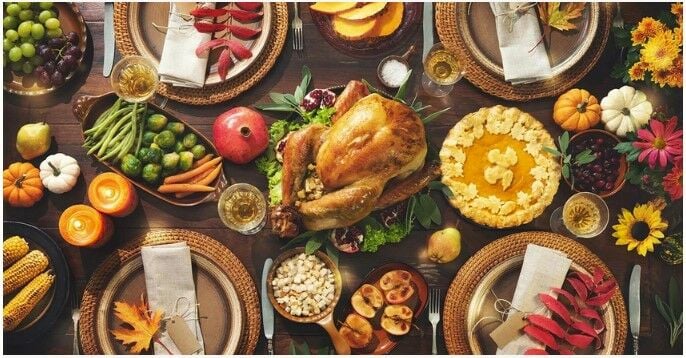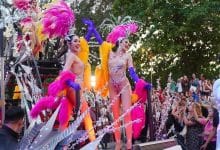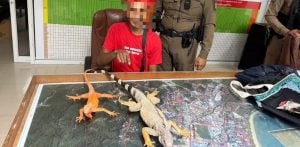Unveiling the true story of the first Thanksgiving

The annual American holiday of Thanksgiving falls on November 23 (tomorrow) this year, marking the day when early settlers in America celebrated their survival almost 400 years ago with the assistance of divine intervention.
Historians continue to investigate the events of the first Thanksgiving, which took place in Plymouth, Massachusetts. The location is now home to a thriving historical museum, replicating the lives of the pilgrims and Thanksgiving traditions.
The museum, recreated for tourists, includes the stories of the indigenous Wampanoag tribe, who shared the first Thanksgiving with the English settlers.
Mali Sosa, a member of the Wampanoag tribe and the museum’s lifestyle reenactment coordinator, shared that the Wampanoag tribe still exists. Sosa aims to make visitors understand that the Wampanoag tribe is not just a part of history or a prehistoric indigenous tribe, but people who have a contemporary lifestyle and still educate the public.
Richard Pickering, the museum’s lead historian, perceives the first Thanksgiving as a mutual respect event.
“What happened in Plymouth in the autumn of 1621 was the highest level of diplomacy. We should not show any distrust or hatred towards such an event.”
Wampanoag tribe
The Wampanoag tribe today resides in a small conservation area near the aforementioned site. In the past, the Wampanoag tribe allied with the pilgrims and helped the newcomers survive two harsh winters by teaching them how to grow crops and sustain themselves from local resources. However, the specifics of how the Wampanoag tribe and English settlers shared a meal remain unclear.
Paula Peters, a member of the Mashpee Wampanoag Tribe and a scholar, suggested that they might not have perceived the gunshot as a threat but possibly a celebration of the harvest season.
“Since we are all here, why not share a meal?”
Historians and others strive to form a principled answer about what was eaten during the three-day feast. The theories diverge, some believe birds were consumed, which could have been turkey or not, it’s uncertain.
Some mention shellfish and fish, and even some suggest deer meat. Seasonal fruits like cranberries were likely present at the feast, reported Sanook.
Nonetheless, the undeniable history of a significant transformation and the decimation of Native American tribes who suffered when white settlers arrived is undisputed. Pickering, the historian, narrated that the settlers wanted the indigenous tribe’s land and wanted them to leave.
This attitude transitioned from admiration to disdain and contempt. Such thoughts led the settlers to want to evict the indigenous people from their land without guilt.
Originally, the pilgrims travelled to America in search of religious freedom. Peters, of the Mashpee Wampanoag Tribe, observed that the pilgrims gave up many things for religious freedom but did not reciprocate kindness to the people who originally inhabited this land.
Both Peters and Sosa, who are part of the indigenous community, plan to celebrate the Thanksgiving holiday with their families. However, both will not forget the significant sacrifices of their ancestors, who share their bloodline.
Latest Thailand News
Follow The Thaiger on Google News:


























